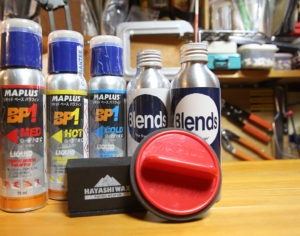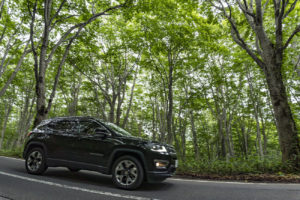bottomline ) Composition: STEEP Editorial Department
INDEX
- The relationship between the edge and the running surface - Ease of turning the board -
- Beveling of the base edge changes the handling of the board
- Get gliding properties with wax and adjust the operability to your style with TUNE-UP

More than 15 years of experience -
Let's learn from Tabata, the owner of "bottomline"
This series is a project where Mr. Tomoyuki Tabata, owner of the pro shop "bottomline", teaches us the know-how of tune-up to "become more comfortable". The theme this time is "handling edges", which has the power to change the way you slide. The season is finally here, so please use it to prepare for going out on the snow.
See here (Topic_1) the start of this series project
This time about "handling edges"
The third Topic_3 is
"Treatment of edges that change slippage". While you can easily feel the sensation of the edges getting caught when you're riding a ski, it's a little scary to mess around with the edges without knowing exactly how to take care of them. So, let's ask a tune-up professional to teach you about the "edge".
The relationship between the edge and the running surface - Ease of turning the board -
In Topic 1, I used the expression "steering play in cars". What I wanted to convey was that the angle of the edge, especially the base edge on the running surface side, called beveling, affects the handling of the board .
You may have heard that the running surface must be flat, but one option is not to make it flat for freeriding. It changes greatly depending on the amount of beveling on the base edge.
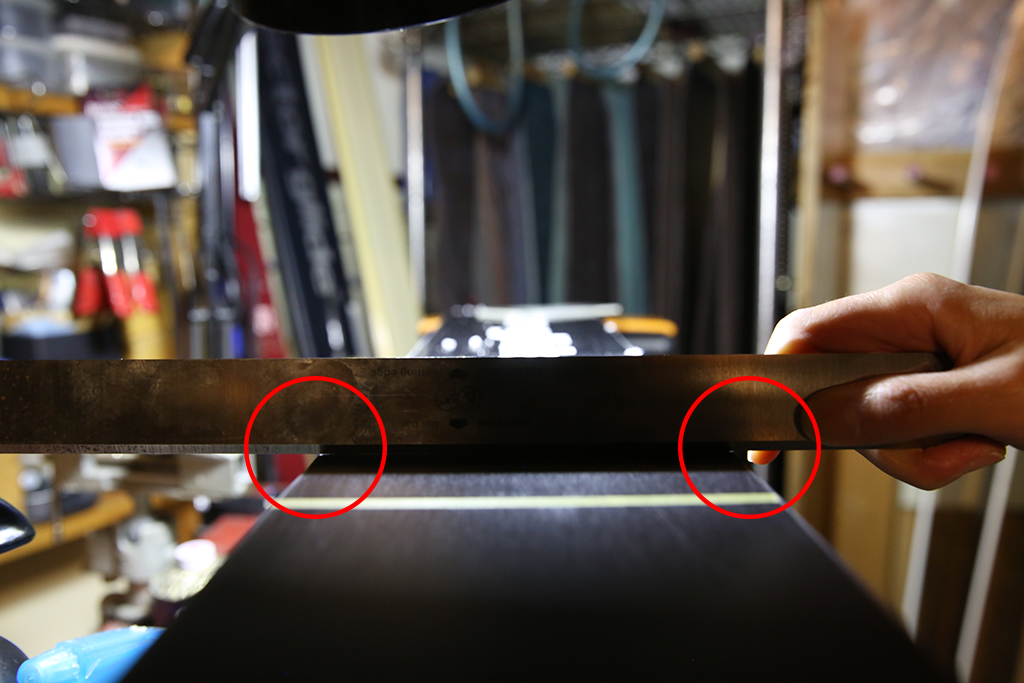
Beveling of the base edge changes the handling of the board
If you look closely at the part circled in red in this image, you can see that the way the light leaks on the left and right edges is different.
The left side is strong beveling, and the right side is weak. The way the light leaks is different. Of course, I deliberately changed the left and right edges of the same board, but this is only for photography, and I don't usually do this.
Of course, the left side is easier to turn, and it is easier to slide using the so-called surface. Furthermore, on the left, there is a strong connection from the running surface to the edge, and its character becomes stronger.
On the right side, only the edge is mainly beveled, and the running surface is almost flat. Then, as an extreme example, there are some that are designed with a convex sole shape and are commercialized from the beginning. The photo is a ski called "CYCHO JPL" that we released as our original in the past. Although it is a model that has already sold out, it is still a model with many strong fans.
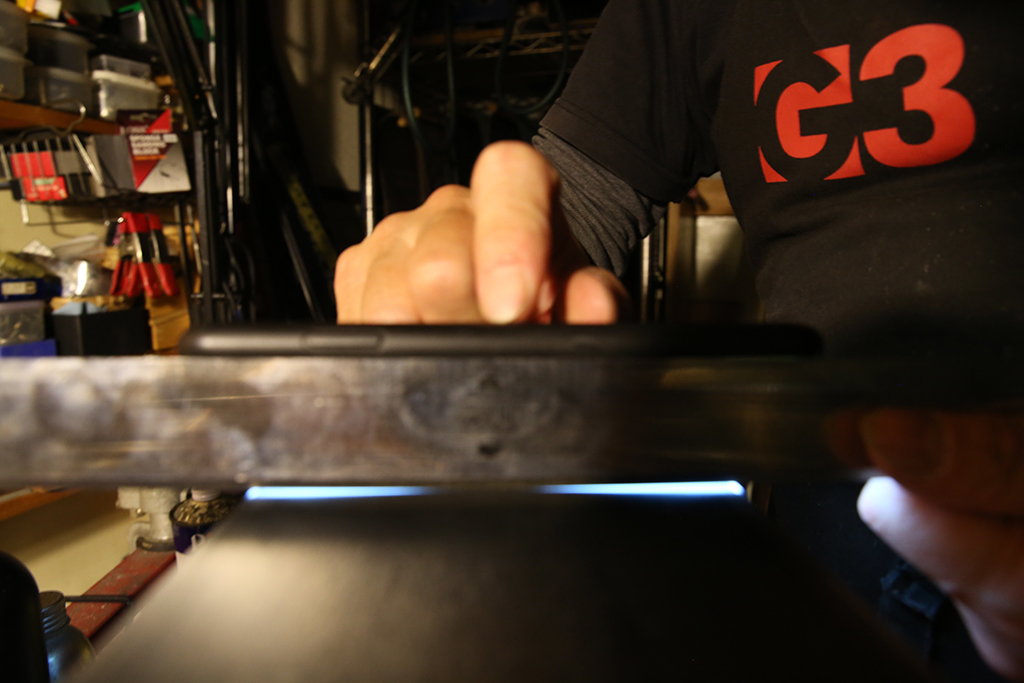
If you put the base edge strongly, match the side edge
If you put a strong base edge, put the side edges to match. Otherwise, it will become an obtuse angle. This side edge is the key to so-called edging. It is responsible for many aspects of chewing .
However, standing too much is also a consideration.
The sharper the edge, the more likely it is to have a "baked edge" and require frequent sharpening if necessary.
Adjusting the base beveling according to the slip is one

Motorcycle tires are round. In contrast, a four-wheeled vehicle is flat. This comes from the fact that the nature of each turn (cornering) is different. In that case, for example, if you ride like a motorcycle, you can increase the base beveling (left side of the photo below), and if you ride like a four-wheeled vehicle, you can make it less strong (right side of the photo below). .

In contrast to the turn of a motorcycle, etc., where the body is leaning over, the turn of a four-wheeled vehicle with a strong extroverted posture with the chest facing the fall line. I think it would be interesting to try.
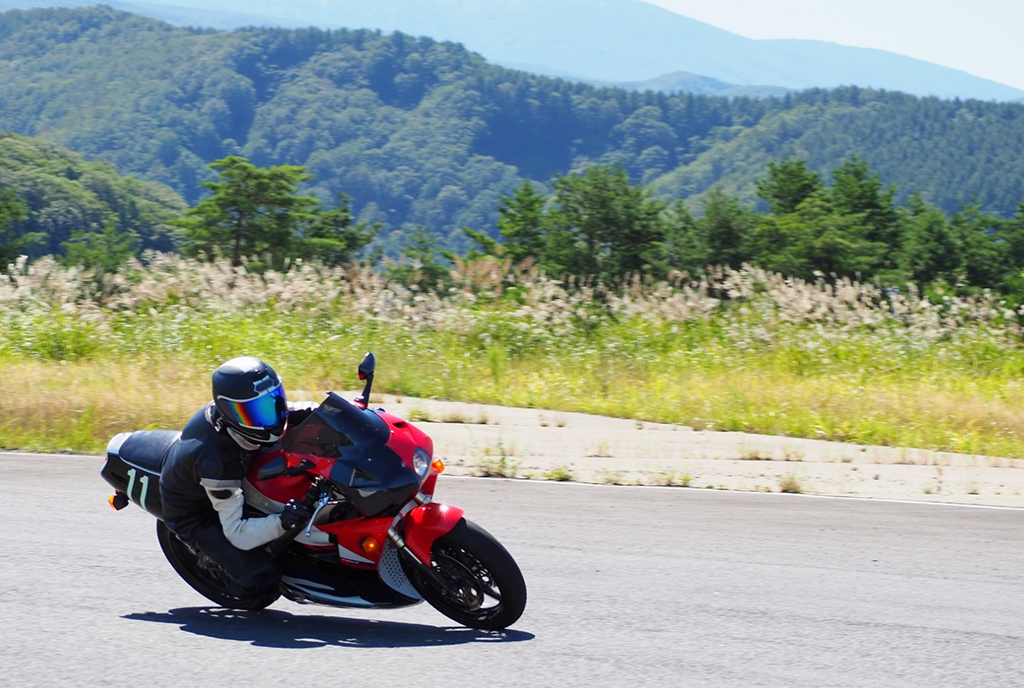
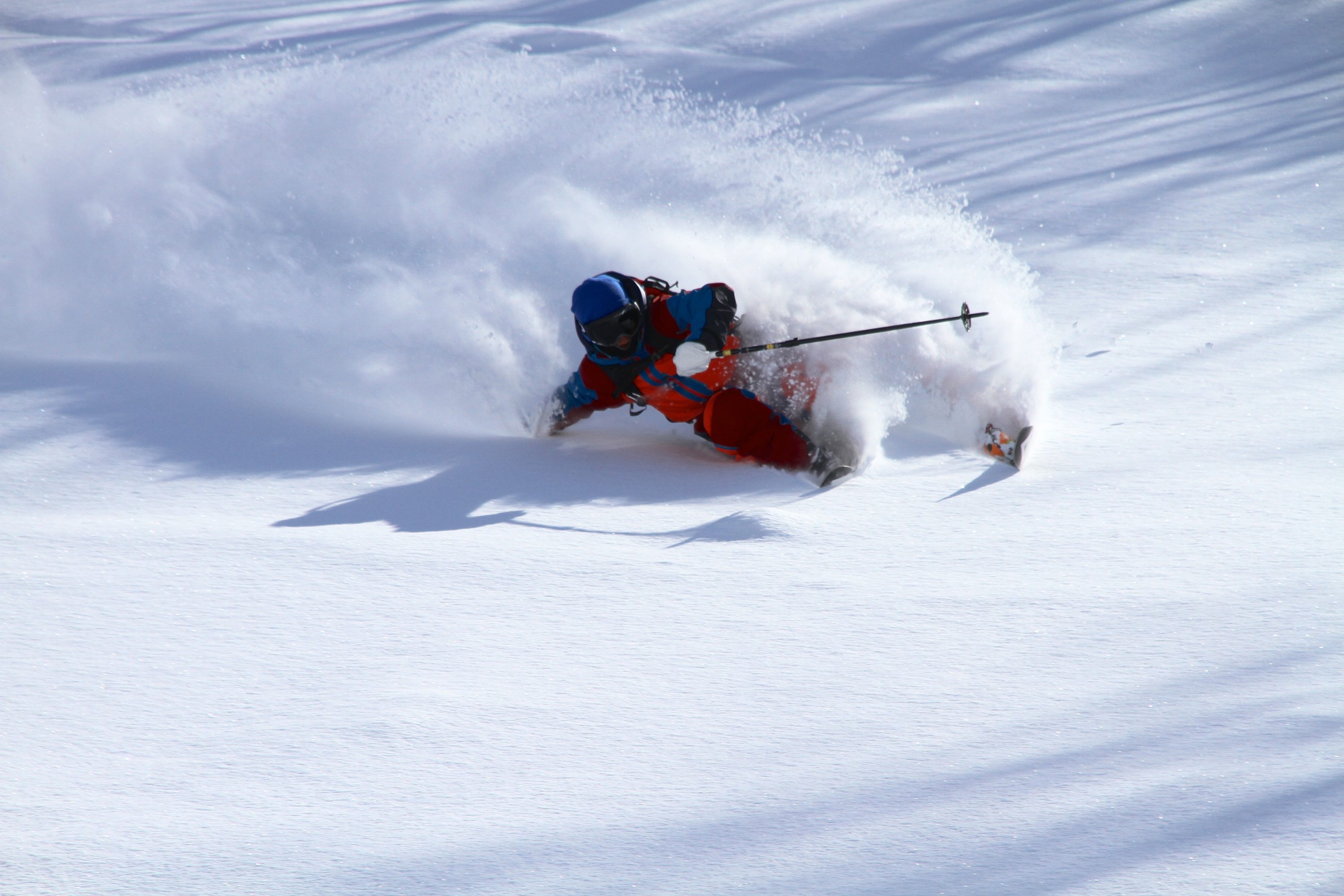
Get gliding properties with wax
and adjust the operability to your style with TUNE-UP
In other words, get the gliding performance with wax and adjust the operability to your style with TUNE-UP . Especially for the latter TUNE-UP, communication between the user and the board finishing side is important so that it never becomes a one-way black box.
summary
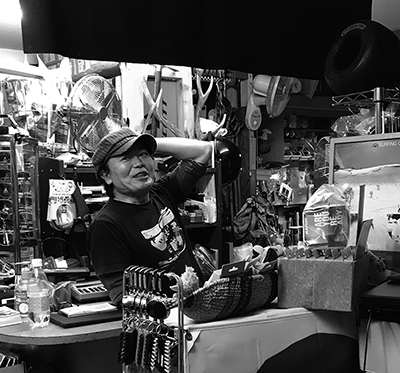
I want to be conscious of "breaking down stereotypes"
Especially when it comes to how to ride
And sometimes I want to be conscious of "breaking down stereotypes".
If you take freeride literally, I feel like I'm getting there. Waxing is related to the material and snow, so it is necessary to follow a certain amount of rules, but I would like to be particularly free when it comes to how to ride. When TUNE-UP fits in there, the most enjoyable moment will come.
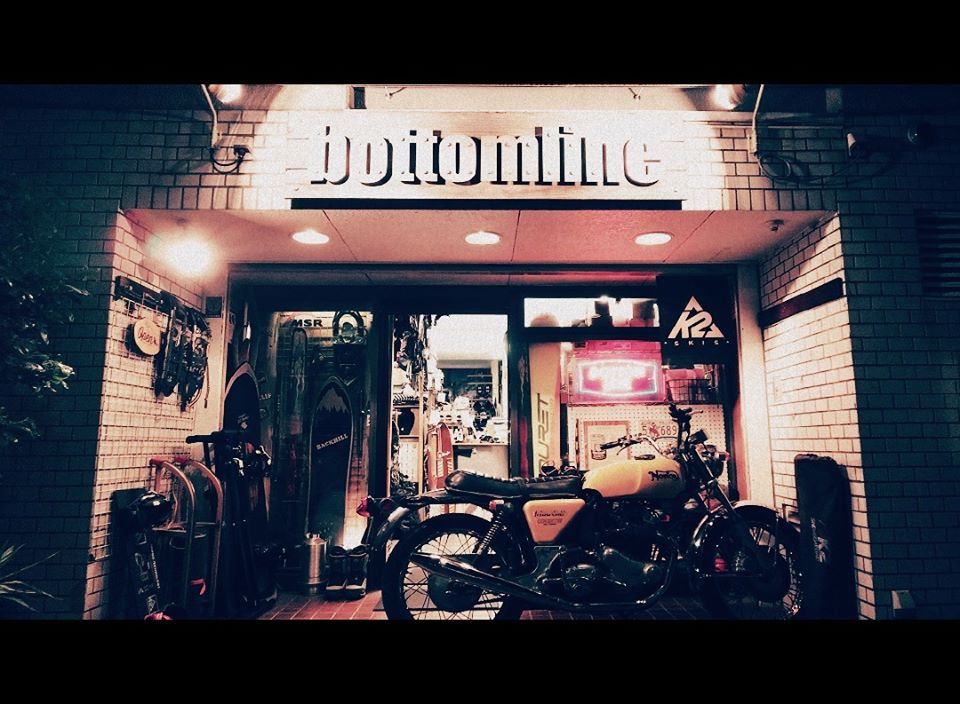
bottomline
http://bottom-line.jp
“The name of the store is ``bottomline'' because it is an image of a ``top-to-bottom'' skiing line. Rather, I wanted to make it a store for ordinary users, including the bottom layer. I want to listen to the sound of the engine like a local bike shop and think, ``Isn't this the cause of the problem?
Profile
Tomoyuki Tabata
Born in 1967, from Chiba Prefecture. In the late 90's, he was enrolled in a ski shop in Jiyugaoka at the time. After that, he learned TUNE-UP and opened a store "bottomline" in 2004 that fused them.
